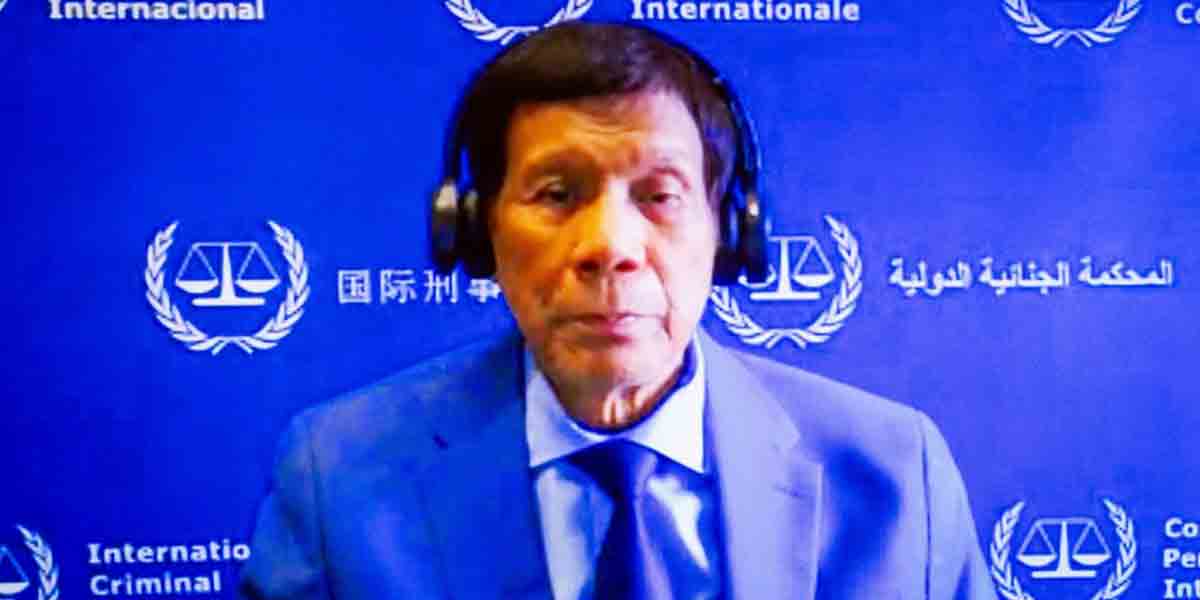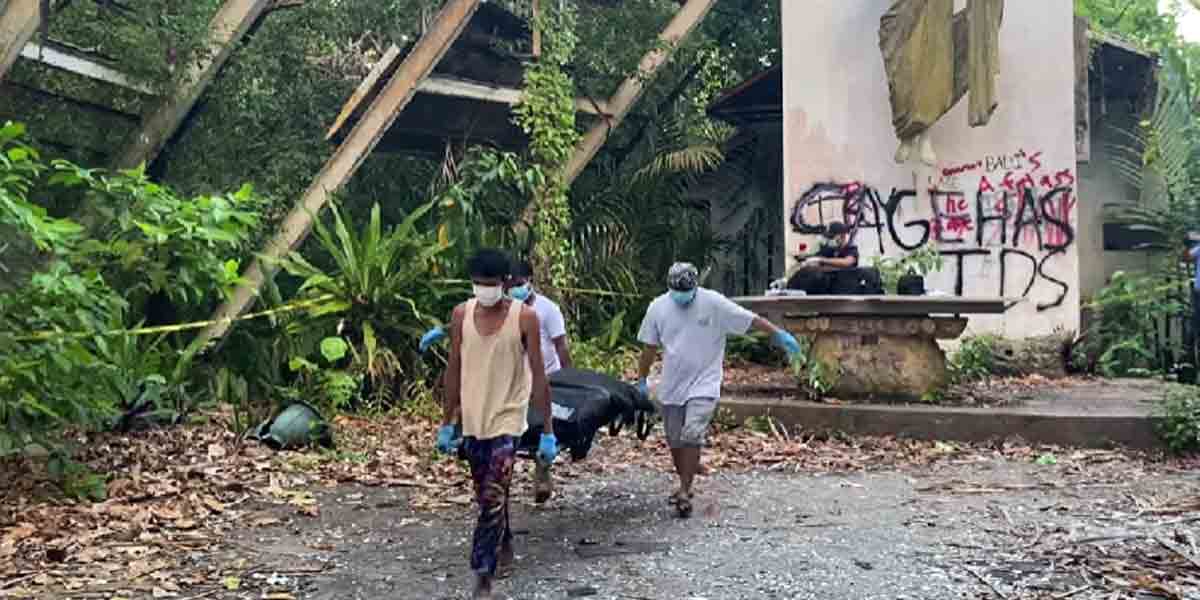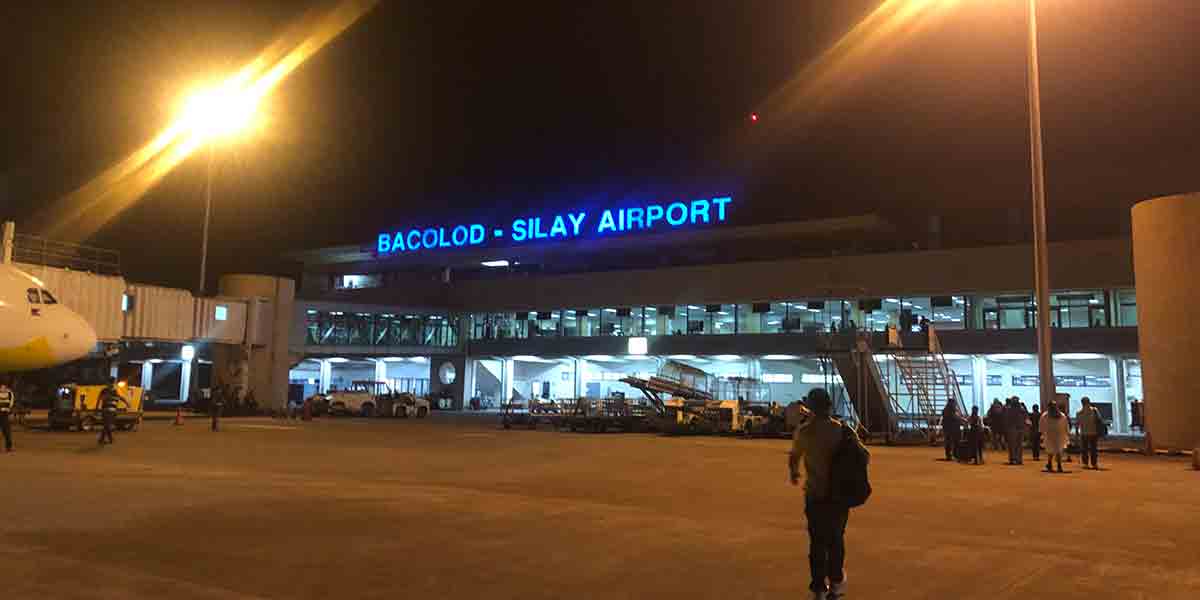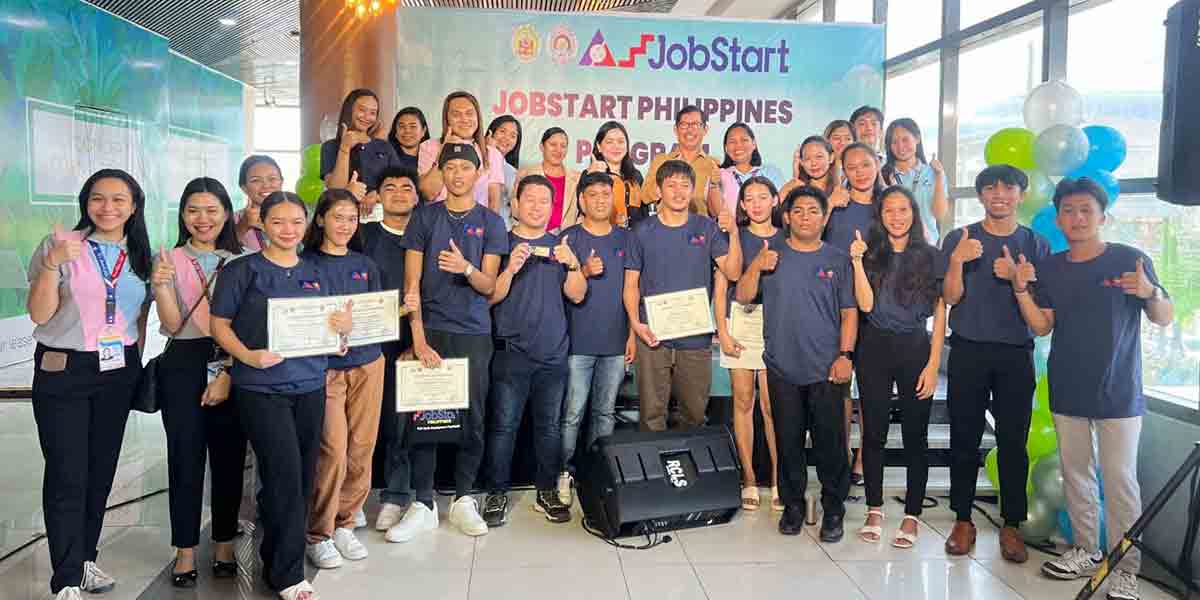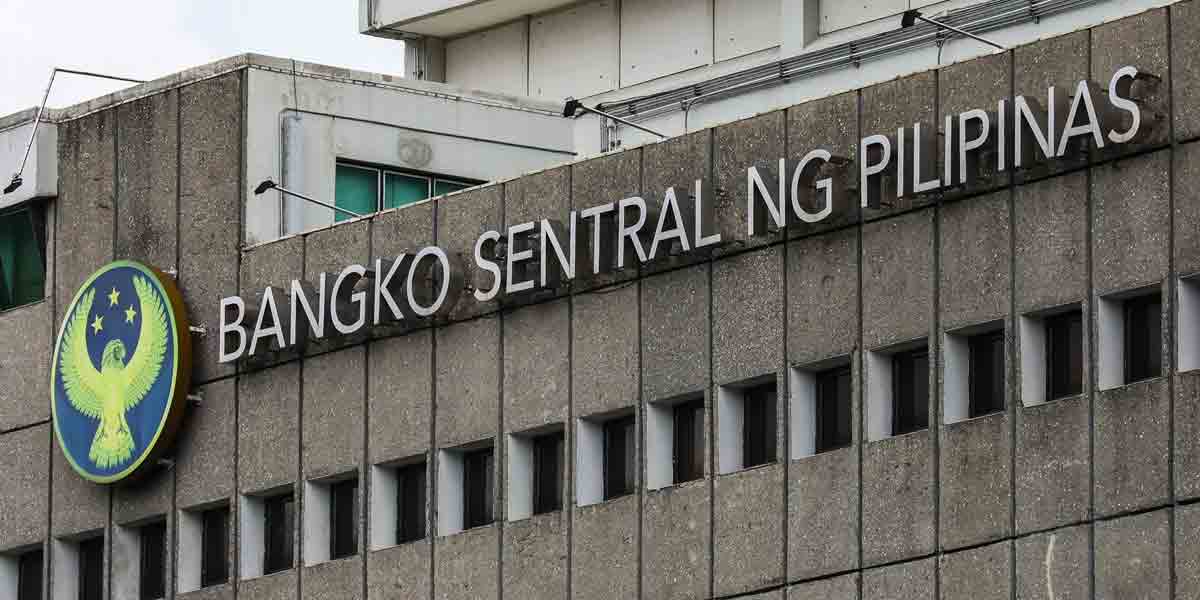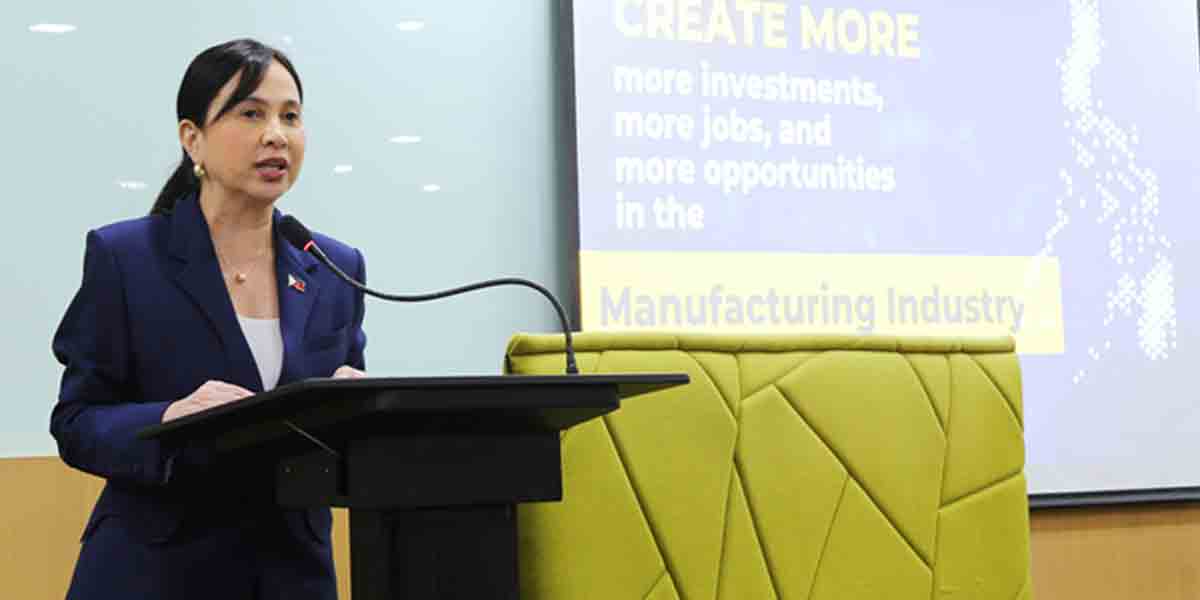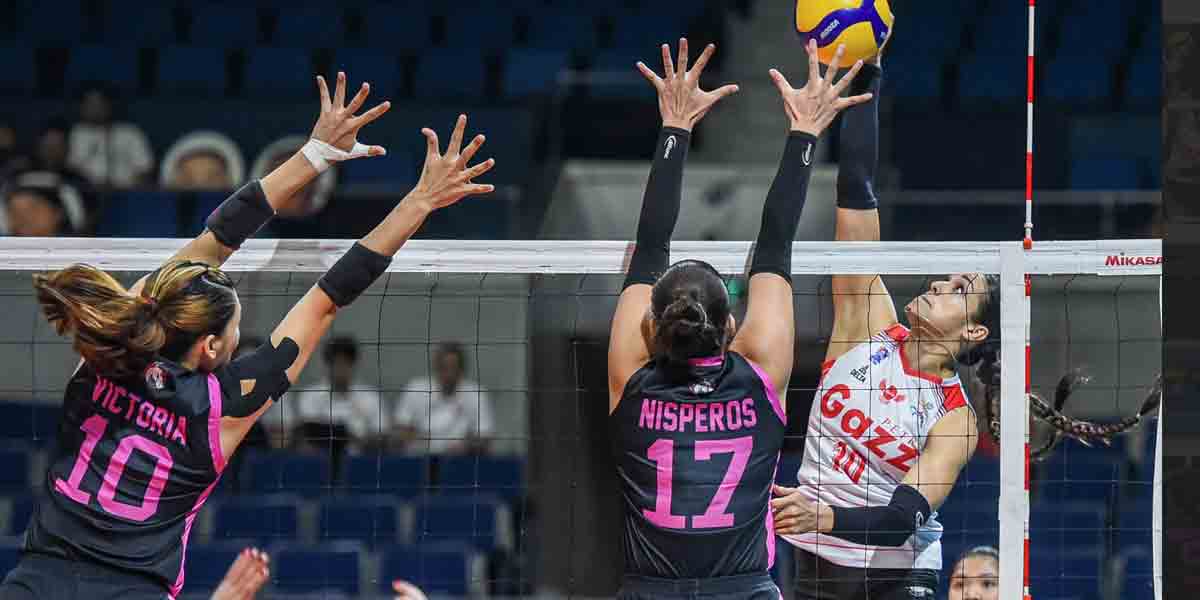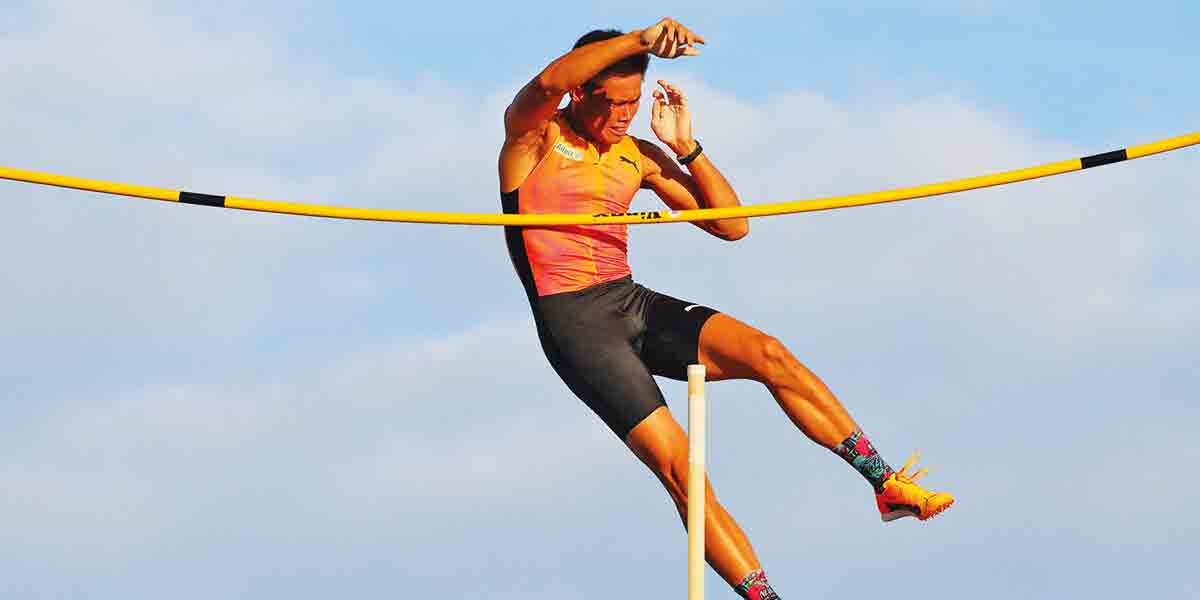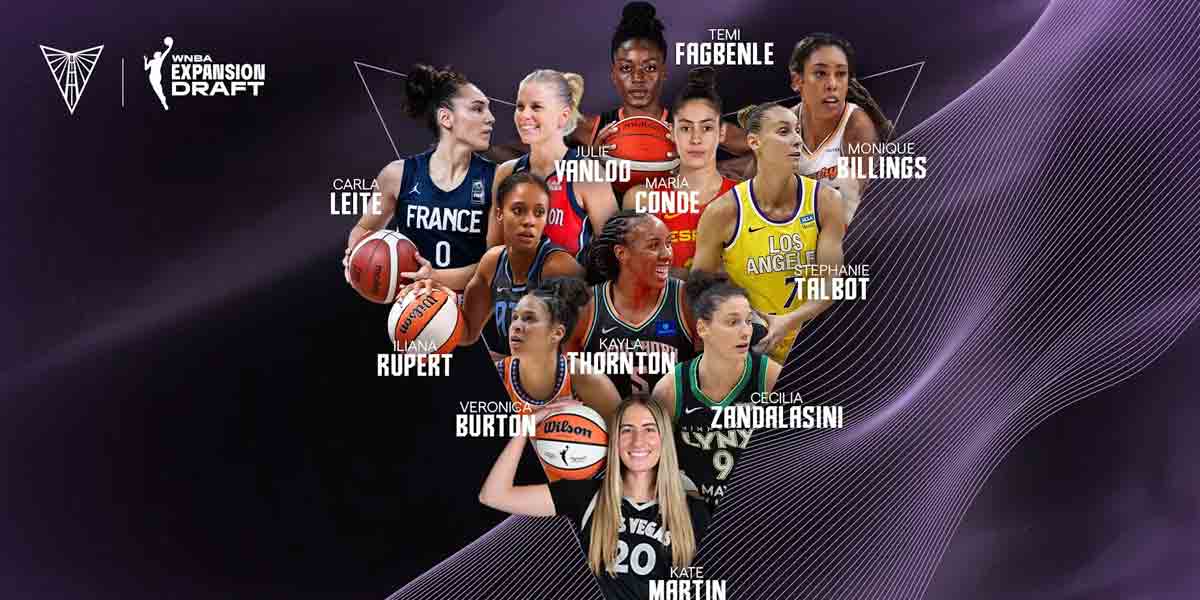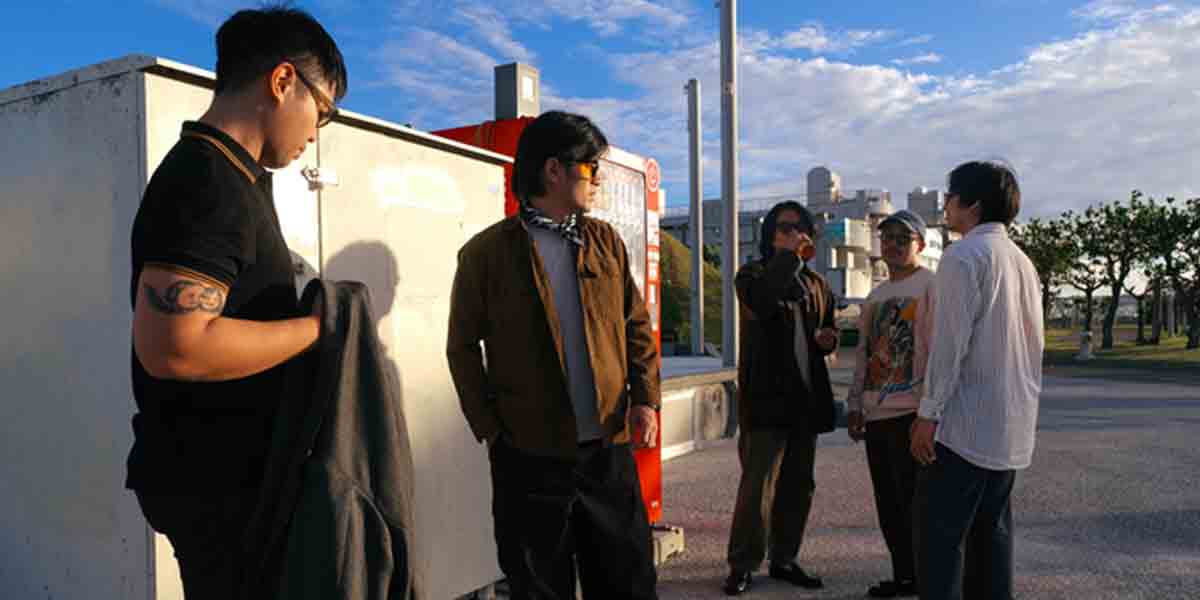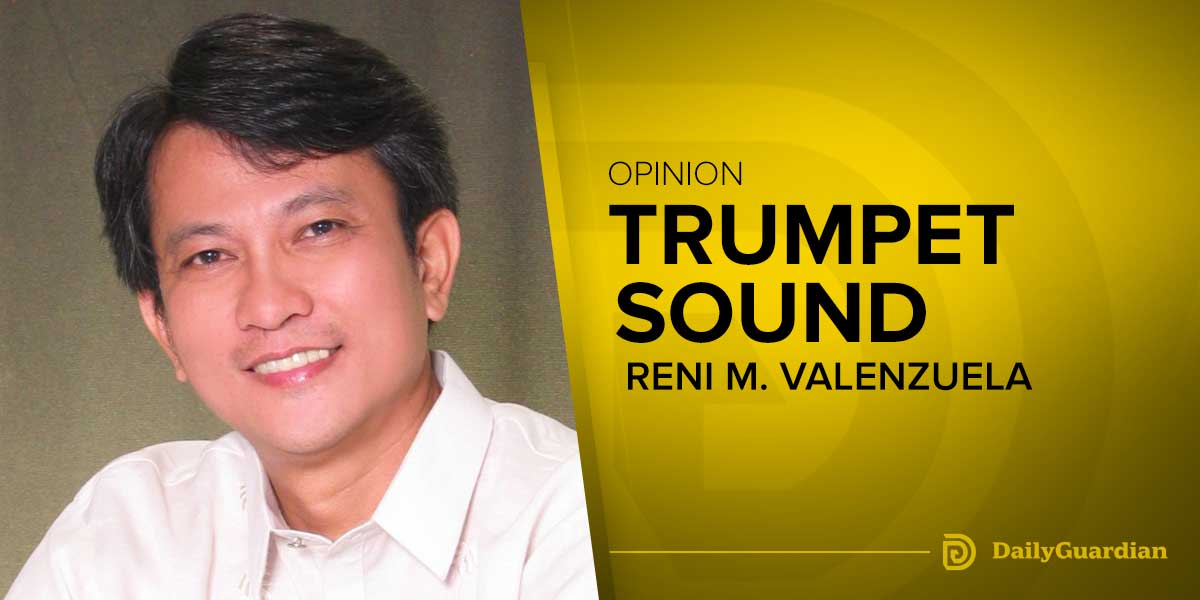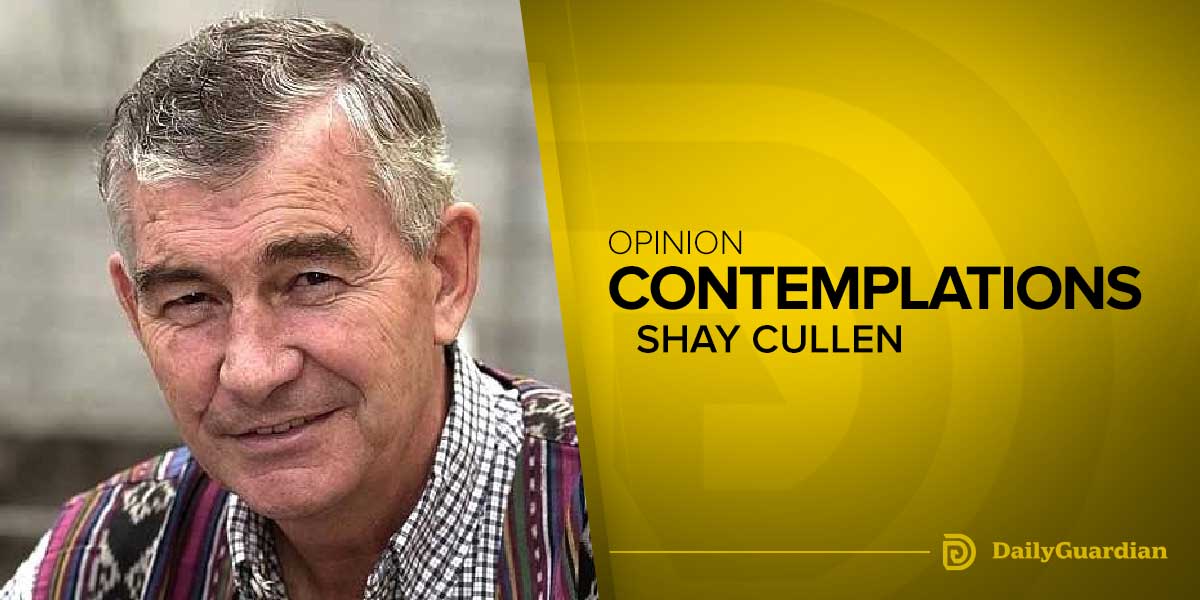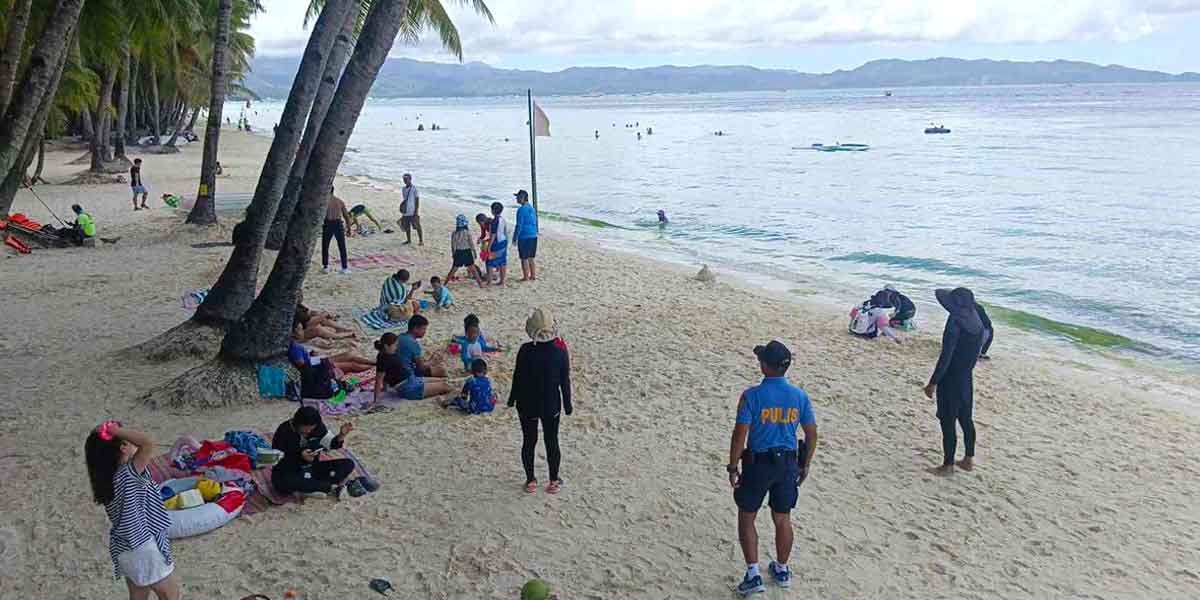They haul, process, and sell the catch—but are never seen in the policy.
That is the daily reality of women and youth in coastal communities across the Philippines, especially here in Western Visayas.
While the men fish in municipal or commercial waters, the work does not end when the boats return.
Women dominate the post-harvest chain—cleaning, drying, processing, selling.
Young men often become the next generation of fisherfolk, only to inherit the same poverty traps as their fathers.
But despite their vital role in the fisheries economy, these groups remain invisible in our national and local fisheries policies.
This must change.
Dr. Rosalie Arcala-Hall of the University of the Philippines Visayas pointed out in a recent forum that women and youth bear the brunt of informal, low-value work in the fishing sector.
They process fish under unstable, unsafe conditions with no access to benefits or capital. Many do so in backyard setups, often unpaid or underpaid, and far outside the reach of labor protection.
Meanwhile, young male fishers remain dependent on loans from traders or boat owners.
This informal debt arrangement, known as “utang sa patron,” restricts their ability to earn and traps them in a cycle of poverty, pushing them to overfish just to pay their dues.
This structural inequality is more than an oversight. It is a systemic failure that fuels both economic vulnerability and environmental degradation.
You cannot talk about a “Blue Economy” or marine sustainability while ignoring the very people holding the sector together.
In Western Visayas—particularly in Iloilo, Antique, and Guimaras—coastal households rely heavily on fisheries and marine trade.
Yet, national programs and local ordinances continue to focus only on formal boat owners and male fishers.
This partiality not only excludes women and youth from access to subsidies, training, and registration—it robs the industry of untapped potential.
The Department of Agriculture and the Bureau of Fisheries and Aquatic Resources (BFAR) must take the lead in correcting this.
Social protection programs must be crafted specifically for women processors and youth fishers.
This means micro-insurance, access to training, subsidies for proper gear, credit facilities outside of informal lending, and formal recognition in fisherfolk registries.
Local governments also have a role.
Through business permitting, cooperatives, and barangay-led mapping of the value chain, they can formally include women and youth in policy design and resource allocation.
The same goes for education and livelihood offices.
Scholarships, job matching, and skills training for youth in coastal barangays should include marine industries—not just those in urban centers.
The discourse on inclusive development rings hollow if the sector’s most marginalized workers remain unprotected.
If women and youth are essential to fishery economies, they must be seen, heard, and supported.
Visibility is the first step to justice. Without it, we are merely sustaining a cycle of poverty at sea.

